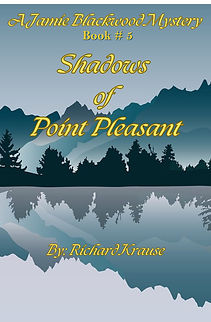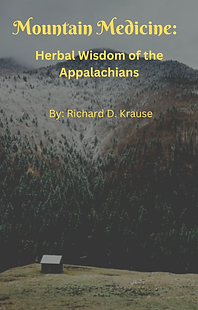Stones of Romance.............
- Richard Krause
- Sep 20, 2018
- 3 min read
Greetings and salutations all you lovely people out there in internet land. Today looks like another glorious beautiful day here in sunny, hot, humid southwest Florida. So far. The elixir of life is hot and plentiful and “She Who Must Be Obeyed” seems to be in a good mood. Ah, yes, life is good or at least it is better than the alternative.
So let’s keep up with our discussion on gemstones. Today I am going to tell you about a special Emerald.
The Hooker emerald:
No it is not called that because it hung out on the corner 42nd and 10th street.
There’s something incredibly mysterious about the largest emeralds. It’s one of the rarest of gemstones, unattainable for most of us, at least in a good-quality stone. This magnificent 75.57-carat emerald was supposedly owned by the Ottoman Empire until 1900. Legend has it was used in the belt buckle of a sultan!
The stone was featured in Tiffany's 1950 Christmas Catalog. Mrs. Janet Annenberg Hooker bought the stone in 1955 from Tiffany's and donated it to the museum in 1977.
Emeralds are part of the beryl family of jewels. Green beryls are called emeralds, while blue-green beryls are called aquamarines. A pink shade of beryl is called Morganite. There’s even a red beryl that’s rarer than emeralds themselves.
The name emerald comes from the Greek smaragdos via the Old French esmeralde, and really just means 'green gemstone'. Innumerable fantastic stories have grown up around this magnificent gem. The Incas and Aztecs of South America, where the best emeralds are still found today, regarded the emerald as a holy gemstone. However, probably the oldest known finds were once made near the Red Sea in Egypt. Having said that, these gemstone mines, already exploited by Egyptian pharaohs between 3000 and 1500 B.C. and later referred to as 'Cleopatra's Mines', had already been exhausted by the time they were rediscovered in the early 19th century.
But it has also, for centuries, been the color of beauty and of constant love. In ancient Rome, green was the color of Venus, the goddess of beauty and love. And today, this color still occupies a special position in many cultures and religions. Green, for example, is the holy color of Islam. Many of the states of the Arab League have green in their flags as a symbol of the unity of their faith. Yet this color has a high status in the Catholic Church too, where green is regarded as the most natural and the most elemental of the liturgical colors.
Emerald has one of the longest histories of all gemstones. The first known emerald mines were in southern Egypt and were operated from before 1000 BC into the 1700's. This is a testament to the high value people have placed on emeralds for many centuries as the work was hard and dangerous and the stones small and poor by today's standards. Treasured for at least 4,000 years by different cultures all around the world, emerald is said to quicken the intelligence as well as the heart. Legend gives its owner the gift of eloquence.
In contrast to other beryl gemstones, emerald is typically heavily flawed with cracks and inclusions of fluid and minerals. These inclusions are called "jardin" (or garden) as they typically resemble leaves and branches. These characteristics are not looked upon as negative aspects for emerald as they would be for other gemstones. Indeed, these inclusions are considered part of the character of the stone and are used to assure the purchaser that the stone is genuine. Because emeralds are so rare without inclusions, some inclusions are expected and do not detract from the value of the stone as much as with other gemstones. Most emeralds on the market today have been treated with various types of oil or resin to improve their appearance.
Emeralds are cut in Jaipur, India and Tel-Aviv, Israel as well as in the mining countries, such as Brazil. Emerald is one of the most difficult gemstones to cut because of the high value of the rough stone and the many inclusions found in crystals. Small changes in orientation can make a large difference in the final appearance of the gem. Skilled craftsman who specialize in cutting emerald can be found in cities around the world for jewelers who insist on having stones perfected for the optimum brilliance and vibrancy.
Well I guess that about covers it for today.
I pray you all have a wonderful day.
May the Great Architect of the Universe keep you safe and watch over you as you travel down the path of life today.






















Comments